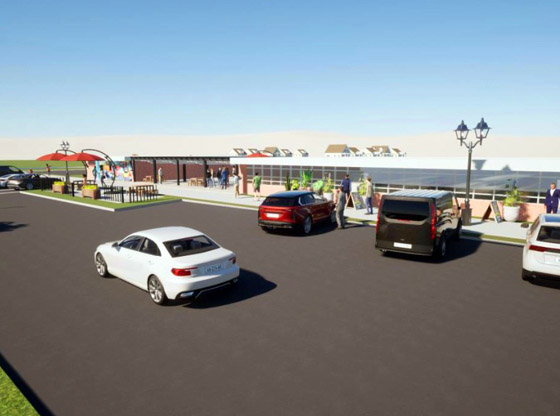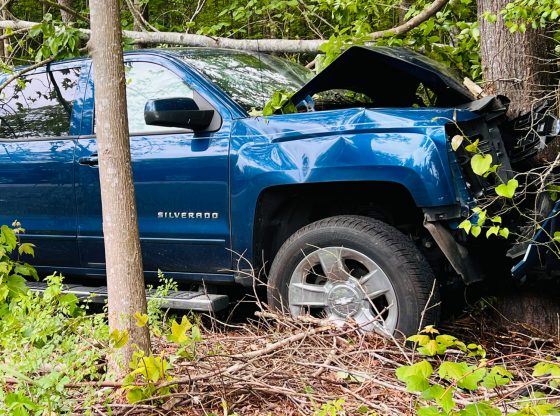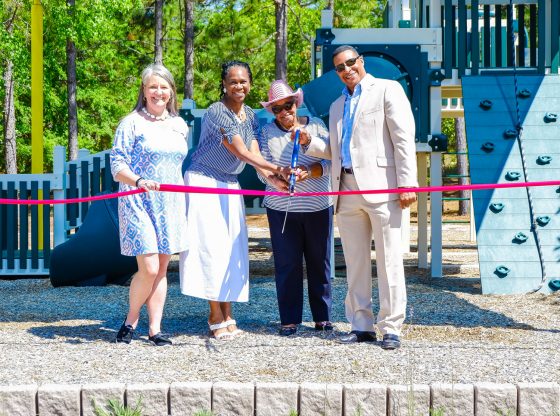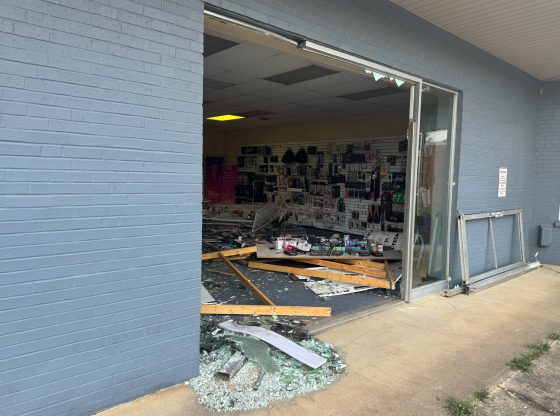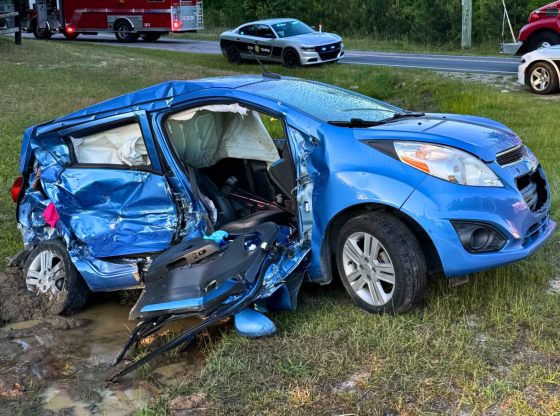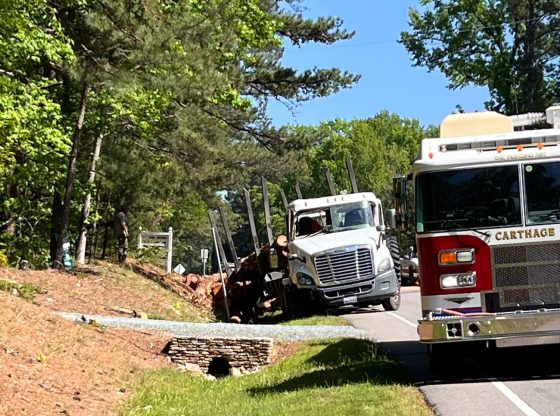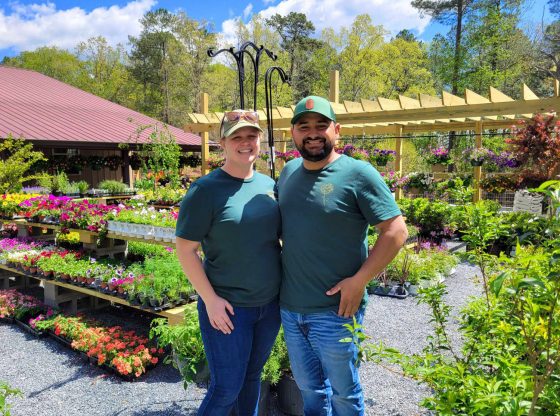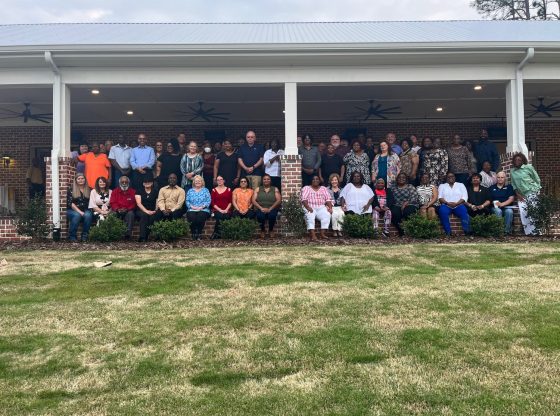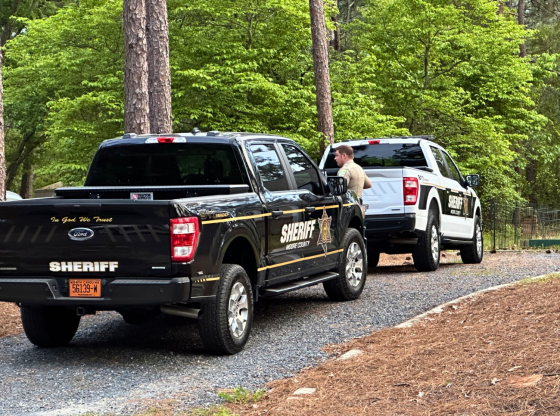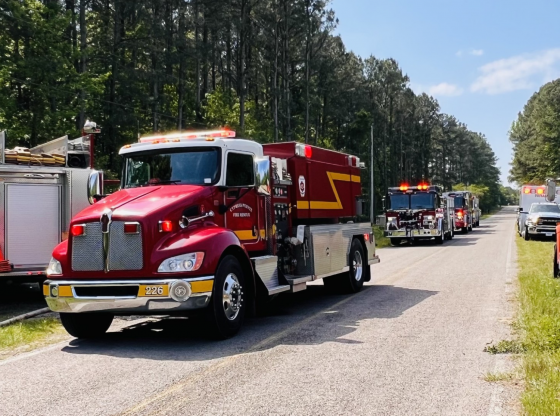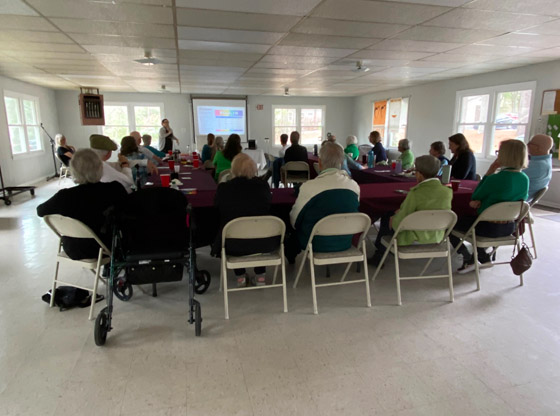The Southern Pines Planning Board met Thursday evening at the E.S. Douglass Community Center to discuss several issues. One of those issues was a conceptual development plan for West Southern Pines, an area rich in African-American history.
In 1923, West Southern Pines became one of the first incorporated African-American towns in North Carolina. The town had its own mayor, council and municipal services, operating independently until its annexation into Southern Pines in 1931.
Sandra Dales, the executive director of the Southern Pines Land and Housing Trust, applied on behalf of the Trust for a conceptual development plan in association with the new West Southern Pines Center for African American History, Cultural Arts, and Business.
“This conceptual development plan intends to ensure the preservation of properties of historic and cultural significance to the residents of the community of West Southern Pines, and putting those properties into uses that will create economic opportunity, recreation, and address current housing needs and desires,” wrote Southern Pines Land and Housing Trust in the conceptual development plan application.
The property, the old Southern Pines Primary School, was purchased by the Trust in 2021 and is currently zoned residential single-family, facilities resources and recreation. The application proposes rezoning to a planned development district with four separate sub-districts on approximately 17 acres on South Carlisle Street. These would include a single-family district, a neighborhood business district, an open space district and a recreation district.
Dales told the Board, “We are here to figure out what is needed. For years, they’ve wanted to get economic growth, including the heritage of the area.”
Plans are to make it a walking area, complete with a planted median along South Carlisle Street, as well as measures to ensure the safety of pedestrians. The question is whether to make the changes in four phases, either in sequence or multiple phases simultaneously.
According to the conceptual development plan, “four primary elements of the conceptual plan are approximately nine acres of neighborhood-scale retail and office space geared toward supporting local and small businesses and creating space for services, three acres of recreation facilities, two acres of single-family housing, and three acres of open space.
“The neighborhood business use would include approximately 50,000 square feet within existing single-story structures dedicated to office, retail, museum/history space, and food-related facilities. The recreation use will include indoor recreation and community performance space within an 8,347 square foot gymnasium and 7,576 square foot auditorium. Open space will comprise of park space, walking trails, gardening areas, and play fields.”
Discussion, including public comment on the issue, occupied less than half an hour before the Planning Board adopted a conceptual plan, including rezoning. The motion to recommend approval of the plan to the Southern Pines Town Council passed unanimously.
In other meeting matters, Town Planning Director B.J. Grieve presented to the Board the priorities involved in the 2040 Comprehensive Plan implementation. He distributed bound copies of the plan to Board members before discussion and feedback on priorities for the coming year.
Multiyear priorities are involved, and only some of the projects are under the auspices of the planning department. And Grieve pointed out the planning department is short-staffed. Initial projects should be meaningful and impactful but also achievable.
“Stumbling out of the gate is bad,” Grieve said, “Perfection is the enemy of progress.” Priorities should consider staff talents and abilities, and he presented practical considerations for implementation. Plan goals, Grieve said, are “aspirational. We can’t do it all.”
Proposed phase 1 projects include protecting and enhancing the community’s character: “What is quintessentially Southern Pines?” Under study now is downtown, downtown-adjacent, and West Southern Pines.
Another project involves more legislative development approval processes, which is preferable to the alternative of quasi-judicial processes. Another step involves more protection of existing trees during development, and options need to be examined. And it’s necessary to “better define” tourist homes — in other words — rentals of 30 days or less, which has been a controversial topic in other municipalities.
Accessory Commercial Units (ACUs) will also be studied for small businesses and enhancement of entrepreneurship. Grieve used, as an example, someone who may want to open a bicycle repair shop in a garage behind a house.
As commercial development continues, sidewalks should be required, and the seventh point is to begin discussions on the future of the Old U-S 1 triangle of landowners.
Other considerations include operational and capital budgeting cycles — some projects have to happen before others, and staff talents and workloads are important to consider. “Who cares the most? Affected landowners, property developers and interest groups.”
Grieve’s presentation was met with approval by the Board, and these plans will be presented to the town council next week. If approved, work can begin.
The entire 2040 Comprehensive Plan can be found here.
Feature photo: Rendering of retail space on the WSP Center campus. Photo via Town of Southern Pines.
 ~Written by Sandhills Sentinel reporter Steve Biddle.
~Written by Sandhills Sentinel reporter Steve Biddle.


